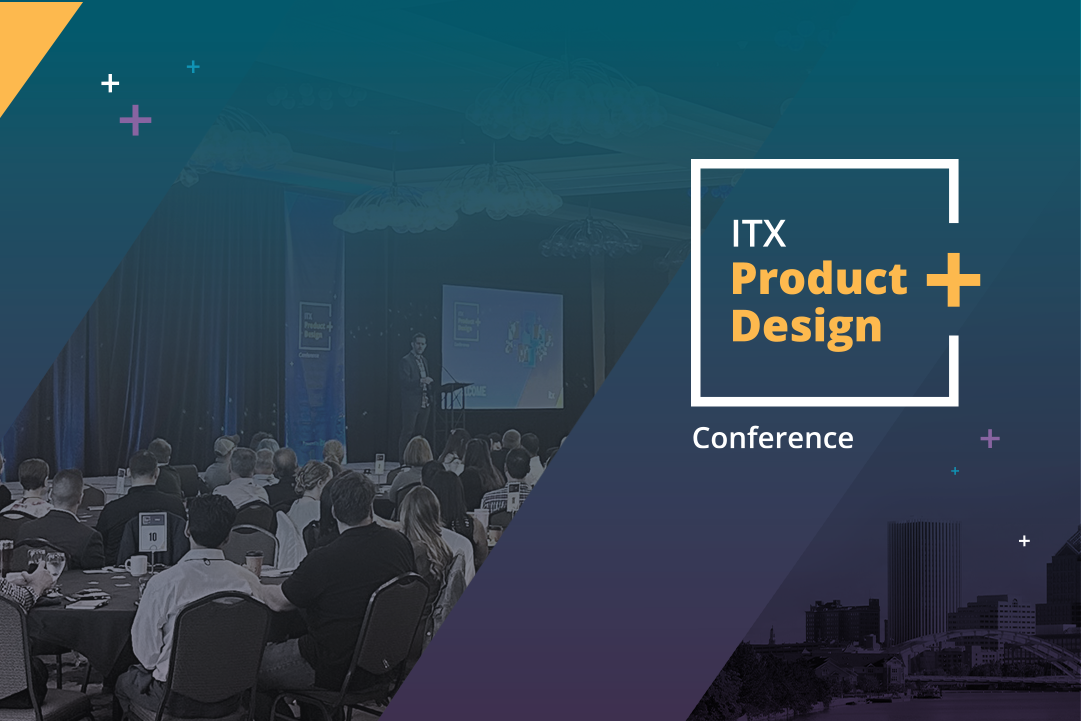How Product + Design Work Together To Build ‘A Better Future’

3 Tips from Jared Spool (Strategic UX) and Roman Pichler (Product)
Compared with other software development disciplines, product management and user experience (UX) design are still pretty young professions. That said, they’re maturing rapidly and growing more specialized every day. As their evolution continues, it isn’t always clear who’s responsible for what on a product team and how best they can work together (we offered guidance on this topic in a post last year). Maybe it’s no surprise, then, that UX designers and product managers seem to get in each other’s way on the road to success.
This post canvasses the views that Roman Pichler (PM) and Jared Spool (UX) recently shared in consecutive podcast episodes of Product Momentum. What’s most intriguing about both conversations is how they each arrive at the same desired outcome – improving the lives of end users – despite taking parallel paths.
Jared calls that desired outcome a better future, while Roman describes it as the positive change a product should create. But both agree that whatever the solution, it’s less about building shiny new features or making things look pretty (i.e., outputs). Outcomes always trump the digital knickknacks we create along the way.









